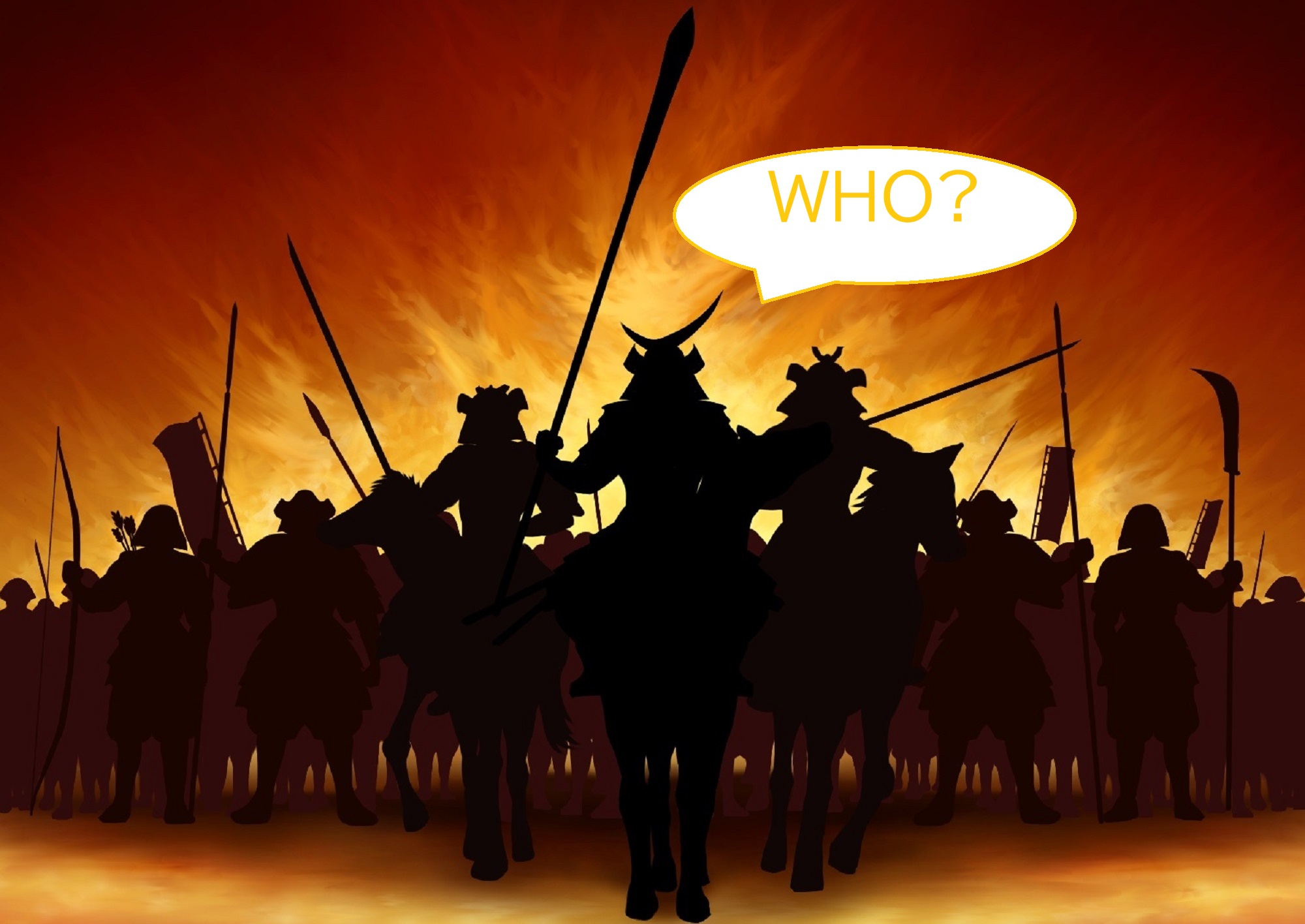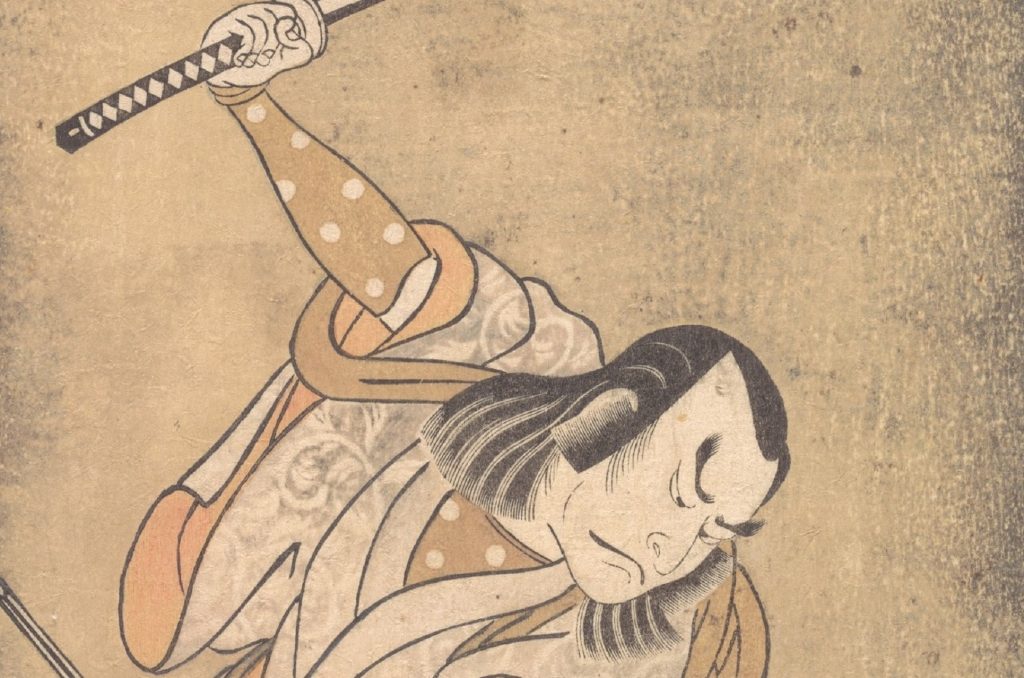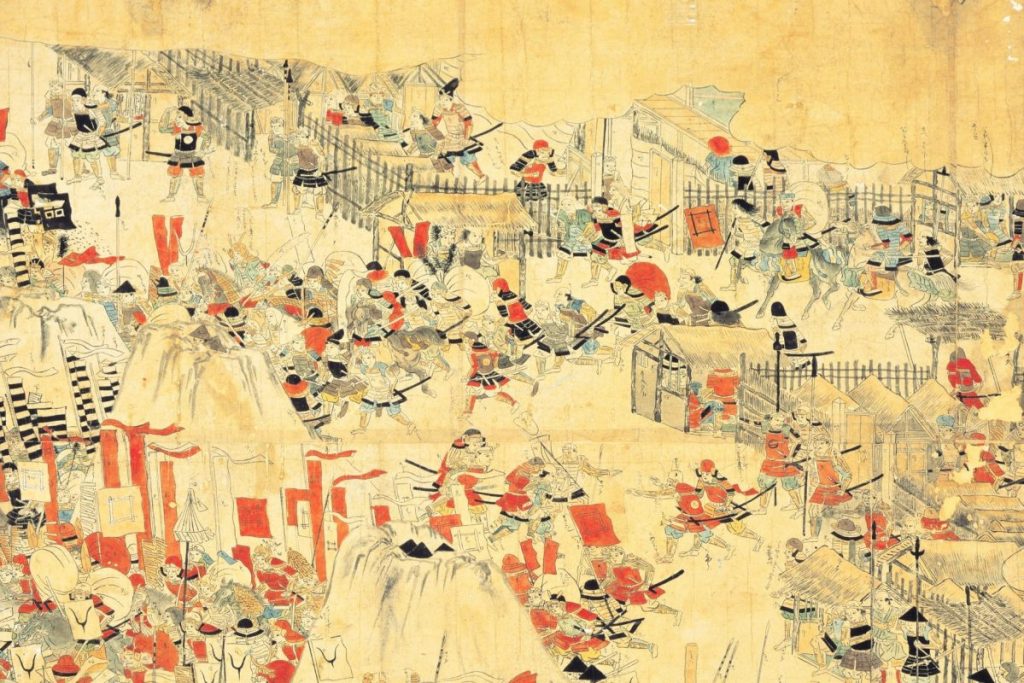Compared to a decade ago, more and more men are now refreshingly declaring, “I’m a good cook!” In today’s world, where dual-earner households are becoming the norm, being able to cook is an important skill for both men and women.
Did you know that even in the sengoku period, more than 400 years ago, there was a shogun who was very active in cooking?
Now here is the question! Who was that shogun? It was someone who was very flashy!!
1. Oda Nobunaga (織田信長)
2. Maeda Toshiie (前田利家)
3. Date Masamune (伊達政宗)
The correct answer is…
3. Date Masamune!
Date Masamune, originally a hardliner
This is a bit surprising, as the NHK historical drama ‘Dokuganryu Masamune (独眼竜政宗)’, starring Watanabe Ken (渡辺謙), gave the impression of being a hard man. It seems that Masamune was not a man who liked to cook from the start. When his father died after he inherited the family governorship, Masamune was busy expanding his territory and spending his days fighting. His regular diet consisted of boiled rice and porridge, and he is said to have said, “Even if your breakfast and dinner are not good, you should praise them and eat them”. This is a far cry from being a man who liked to cook, isn’t it?

The amazing cooking skills that no doubt would be a hit with the ladies even now!
Masamune’s interest in cooking was sparked by his encounter with Toyotomi Hideyoshi (豊臣秀吉). After winning a large territory, Masamune was subjugated to Hideyoshi and had part of his territory confiscated. Despite such a hierarchical relationship, they had a warm exchange in the world of hobbies.
Within Fushimi Castle (伏見城), sukiya (数寄屋)*1 appear to have been built at the four corners of Hideyoshi’s private space, the academy. There, together with Hideyoshi, Tokugawa Ieyasu (徳川家康), Maeda Toshiie and others, they played at entertaining guests with homemade food.
With the change of power from Hideyoshi to Ieyasu and a more peaceful era, Masamune’s interest in food culture became even stronger. It is said that he devised breakfast menus in the morning and dinner menus in the evening, and his meals seem to have been rich in seasonal ingredients.
The New Year’s Day morning New Year’s Day meal was a extravagent menu with three soups and 16 vegetables. It included grilled lobster onigara (伊勢海老の鬼がら焼き), grilled whale stone (鯨の石焼き), pickled salmon (鮭漬浸し), red clam, konokawata (このわた) and boiled crucian carp. Namasu (膾)*2 contained hoya (ほや), and the soup contained swan meat, yams and other ingredients. The elaborate preparation would surprise even a three-star chef at a modern three-star restaurant.
Masamune entertained three shoguns – Ieyasu, Hidetada (秀忠) and Iemitsu (家光) – but he brought the food himself.
Was that food related to Date Masamune?
Masamune is said to have favoured flashy armour and jimbaori (陣羽織, camp coats), giving him the image of a flamboyant show-off. When you learn that he was a meticulous cookery man, this unexpected mismatch makes him somewhat intriguing.
An essential dish for New Year’s Day is the egg dish Datemaki (伊達巻). Datemaki is said to have got its name because it was Masamune’s favourite food. It is also somewhat endearing that sweet Datemaki was his favourite food!
References: ‘Sengoku Bussho Meigen Roku (戦国武将名言禄)’ by Kusudo Yoshiaki (楠戸義昭), PHP Research Institute ‘Nihon dai hyakka jiten (日本大百科事典)’ Shogakukan (小学館)
This article is translated from https://intojapanwaraku.com/rock/culture-rock/163753/


























